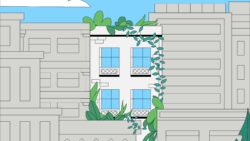 Workout Basics
Workout Basics Please tell me how to do a bridge on the bench press.
Performing a bridge during the bench press is a technique often used in powerlifting to help increase stability, reduce ...
 Workout Basics
Workout Basics  Variation
Variation  Workout Basics
Workout Basics  Workout Basics
Workout Basics  Workout Basics
Workout Basics  Workout Basics
Workout Basics  Workout Basics
Workout Basics  Workout Basics
Workout Basics  Workout Basics
Workout Basics  Workout Basics
Workout Basics